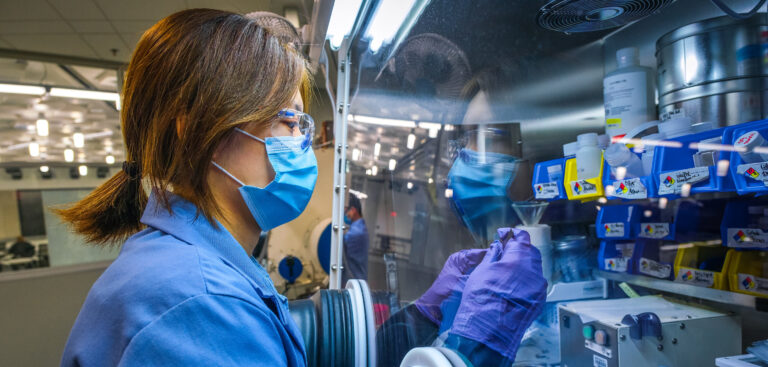General Motors has agreed to form a strategic investment and commercial collaboration with lithium extraction company Controlled Thermal Resources (CTR) to secure local and low-cost lithium. The lithium will be produced through a closed-loop, direct-extraction process that should result in a smaller physical extraction footprint, no production tailing and lower carbon dioxide emissions compared with traditional processes like pit mining or evaporation ponds.
The relationship between GM and CTR is expected to accelerate the adoption of lithium extraction methods that have less impact on the environment. A significant amount of GM’s future battery-grade lithium hydroxide and carbonate could come from CTR’s Hell’s Kitchen Lithium and Power development in the Salton Sea Geothermal Field in Imperial, California. With the help of GM’s investment, CTR’s closed-loop, direct-extraction process will recover lithium from geothermal brine.
As an anticipated part of its US$35bn global commitment to EVs and autonomous vehicles, GM says it will be the first company to make a multi-million-dollar investment in CTR’s Hell’s Kitchen project. As the first investor, GM will have first rights on lithium produced by the first stage of the Hell’s Kitchen project, including an option for a multi-year relationship.
“Lithium is critical to battery production today and will only become more important as consumer adoption of EVs increases and we accelerate toward our all-electric future,” said Doug Parks, GM executive vice president, global product development, purchasing and supply chain. “By securing and localizing the lithium supply chain in the US, we’re helping to ensure our ability to make powerful, affordable, high-mileage EVs while also helping to mitigate environmental impact and bring more low-cost lithium to the market as a whole. GM looks forward to working with CTR, in addition to state and local leaders, in achieving these goals.”
The first stage of the Hell’s Kitchen project is expected to begin yielding lithium in 2024, helping GM meet its aspiration of eliminating tailpipe emissions from light-duty vehicles by 2035.


